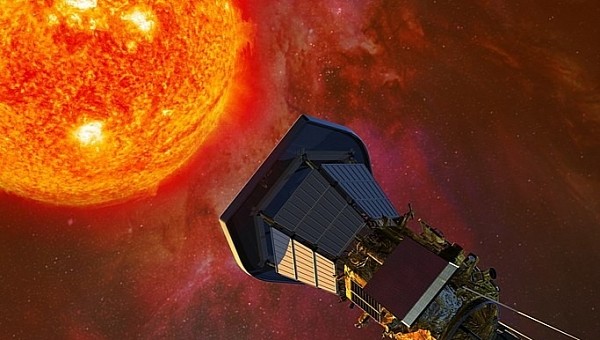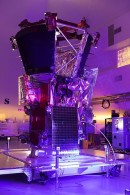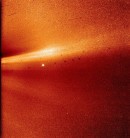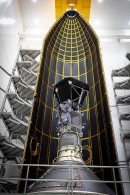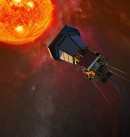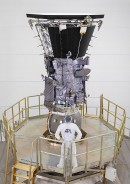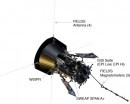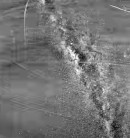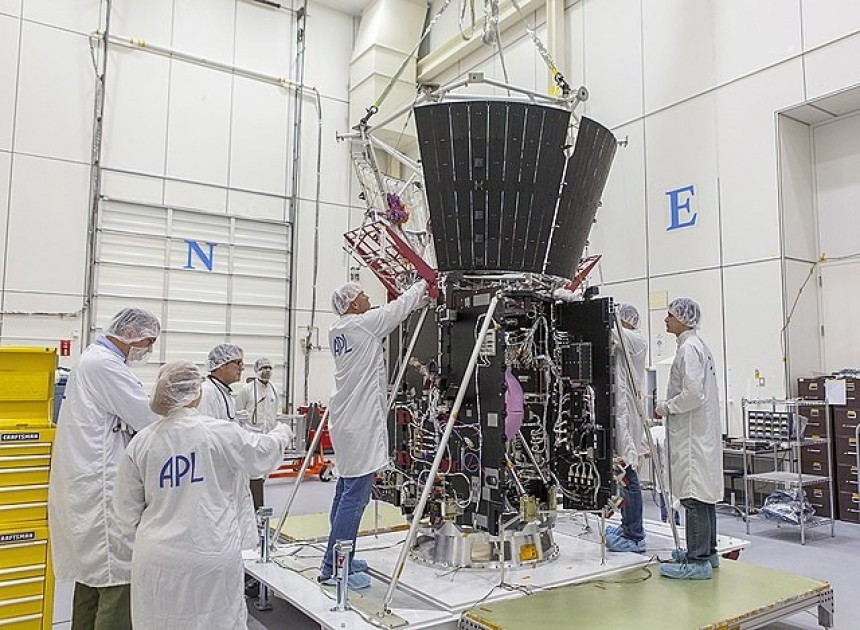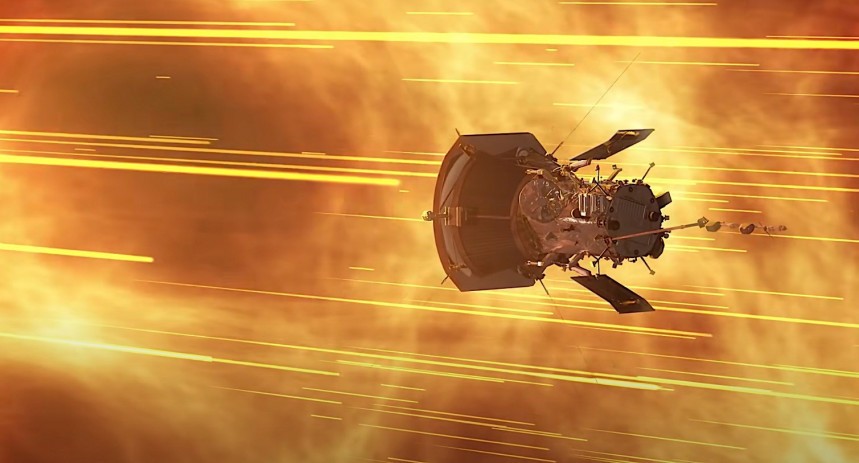The last time we checked in on NASA's Parker Solar Probe, it'd just taken the brunt of a solar storm straight to the face and lived to keep on trucking. It's just another feather in the hat of a space probe that's shattered records and provided priceless new insights on our home star.
We've covered the life of the Parker Solar Probe on and off since its launch in 2018 here at autoevolution. But it's also Celebration Month around here. A month where we write about topics simply because we want our audience to appreciate them as we do. With that in mind, we'd like to celebrate the Parker Solar Probe with a deep dive into what makes it so special.
The proposal for an ultra-high-speed space probe designed solely to study the atmosphere of our Sun stretches back to 1958 and the foundation of NASA itself. An eclectic group of space probes was submitted by the Fields and Particles Group of the National Academy of Sciences (NAS) in Washington D.C., chief among which was a mission to study the outer-most layer of the Sun's atmosphere called the Corona.
According to Ralph L McNutt Jr of the Johns Hopkins/NASA Applied Physics Laboratory, the specifics of the NAS's proposal called for "a solar probe to pass inside the orbit of Mercury to study the particles and fields in the vicinity of the Sun." Of course, such technology was in the realm of science fiction in the late 1950s. Explorer 1, the first purpose-built American artificial satellite, only launched in February of that year.
By the late 1970s and early 1980s, the technology for a Solar Corona expedition via space probe was almost all there. By this point, both NASA and the Soviet Union had turned the once-impossible notion of interplanetary space probes into something that looked like an art form.
Be it the Soviet Venera mission which landed probes on the surface of Venus, or NASA's Viking mission to land on Mars. That's without mentioning the Voyager series of probes that still study interstellar space today.
Suddenly, a Solar probe didn't sound so absurd. But even if the tech was there, the government funding simply wasn't. Especially after the end of the Apollo program, Congress seldom had room in the budget for much other than the Space Shuttle. Even so, work continued into the 1990s at both NASA and the European Space Agency on the basic framework for a Solar Corona probe. The ESA's work in this field resulted in the Solar Orbiter (SoIO) probe, which didn't launch until 2020.
As for NASA, their research into Solar Coronal Space Probes under the Outer Planet/Solar Probe (OPSP) was canceled outright by the Bush administration in 2003. It wasn't until 2010 that a proposal then dubbed Solar Probe Plus was finally green-lit under the subsequent presidency of Barak Obama. What NASA and the Johns Hopkins APL were able to manufacture was nothing short of astonishing.
With a payload mass of just over 50 kg (110 lbs) and dimensions of 1.0 m × 3.0 m × 2.3 m (3.3 ft × 9.8 ft × 7.5 ft), what became to be known as the Parker Solar Probe was roughly half the size of New Horizons, another contemporary space probe also built in part by John Hopkins APL. But make no mistake, every square inch of space on the interior and exterior of this space probe is packed with instruments, sensors, and communications equipment.
Each instrument worked to identify the nature of the charged particles flung from hydrogen-to-helium fusion reactions deep in the center of the Sun. It's all made to work in the constant brutal onslaught of Coronal ejecta with a hexagonal sun shield mounted at the front of the spacecraft roughly 2.3 m (7 ft 7 in) wide and 11.4 cm thick.
Was the stream of charged particles from this reaction a constant stream? Or did it come in pulses? Almost like the same way electromagnetic pulses from man-made nuclear explosions do here on Earth. This was just one of as many as nine key mission objectives divided into three separate categories NASA wished to achieve when the Parker Solar Probe launched.
It did so aboard perhaps the least appreciated heavy-lift booster rocket in NASA's fleet, the Delta Heavy IV. Parker Solar Probe served as a defining mission for the Delta IV Heavy when SpaceX's Falcon showed the Delta family of boosters no mercy for NASA contracts.
When the Parker Solar Probe launched on August 12, 2018, its launch vehicle was screaming past 4,500 mph (2,796 kph, Mach 5.8) before the first stage boosters separated. If you can believe it, that was only around 10 percent of the 430,000 mph (690,000 kph Mach 40) NASA expects the probe to be flying at by the time it intersects with its predicted closest approach with the Sun in 2025.
Needless to say, it'll be the fastest man-made object by a country mile. If Parker Solar Probe is a Bugatti Chiron Super Sport, the next fastest space probe looks like a Camry. Check back soon for more from Celebration Month 2022 here on autoevolution.
The proposal for an ultra-high-speed space probe designed solely to study the atmosphere of our Sun stretches back to 1958 and the foundation of NASA itself. An eclectic group of space probes was submitted by the Fields and Particles Group of the National Academy of Sciences (NAS) in Washington D.C., chief among which was a mission to study the outer-most layer of the Sun's atmosphere called the Corona.
According to Ralph L McNutt Jr of the Johns Hopkins/NASA Applied Physics Laboratory, the specifics of the NAS's proposal called for "a solar probe to pass inside the orbit of Mercury to study the particles and fields in the vicinity of the Sun." Of course, such technology was in the realm of science fiction in the late 1950s. Explorer 1, the first purpose-built American artificial satellite, only launched in February of that year.
By the late 1970s and early 1980s, the technology for a Solar Corona expedition via space probe was almost all there. By this point, both NASA and the Soviet Union had turned the once-impossible notion of interplanetary space probes into something that looked like an art form.
Suddenly, a Solar probe didn't sound so absurd. But even if the tech was there, the government funding simply wasn't. Especially after the end of the Apollo program, Congress seldom had room in the budget for much other than the Space Shuttle. Even so, work continued into the 1990s at both NASA and the European Space Agency on the basic framework for a Solar Corona probe. The ESA's work in this field resulted in the Solar Orbiter (SoIO) probe, which didn't launch until 2020.
As for NASA, their research into Solar Coronal Space Probes under the Outer Planet/Solar Probe (OPSP) was canceled outright by the Bush administration in 2003. It wasn't until 2010 that a proposal then dubbed Solar Probe Plus was finally green-lit under the subsequent presidency of Barak Obama. What NASA and the Johns Hopkins APL were able to manufacture was nothing short of astonishing.
With a payload mass of just over 50 kg (110 lbs) and dimensions of 1.0 m × 3.0 m × 2.3 m (3.3 ft × 9.8 ft × 7.5 ft), what became to be known as the Parker Solar Probe was roughly half the size of New Horizons, another contemporary space probe also built in part by John Hopkins APL. But make no mistake, every square inch of space on the interior and exterior of this space probe is packed with instruments, sensors, and communications equipment.
Was the stream of charged particles from this reaction a constant stream? Or did it come in pulses? Almost like the same way electromagnetic pulses from man-made nuclear explosions do here on Earth. This was just one of as many as nine key mission objectives divided into three separate categories NASA wished to achieve when the Parker Solar Probe launched.
It did so aboard perhaps the least appreciated heavy-lift booster rocket in NASA's fleet, the Delta Heavy IV. Parker Solar Probe served as a defining mission for the Delta IV Heavy when SpaceX's Falcon showed the Delta family of boosters no mercy for NASA contracts.
When the Parker Solar Probe launched on August 12, 2018, its launch vehicle was screaming past 4,500 mph (2,796 kph, Mach 5.8) before the first stage boosters separated. If you can believe it, that was only around 10 percent of the 430,000 mph (690,000 kph Mach 40) NASA expects the probe to be flying at by the time it intersects with its predicted closest approach with the Sun in 2025.
